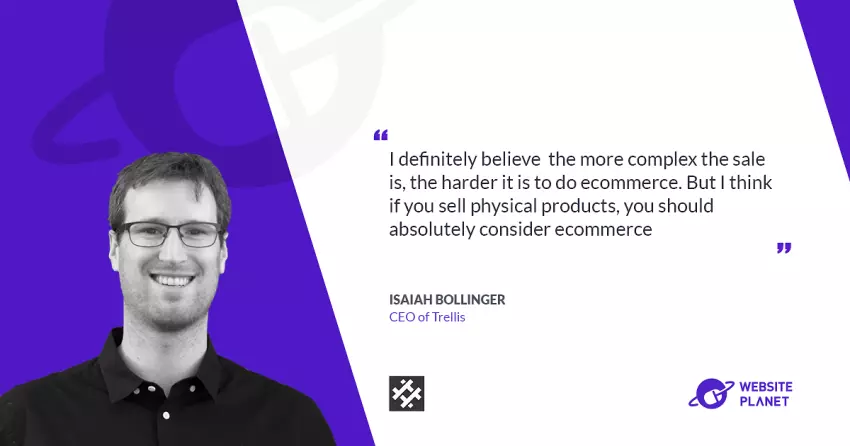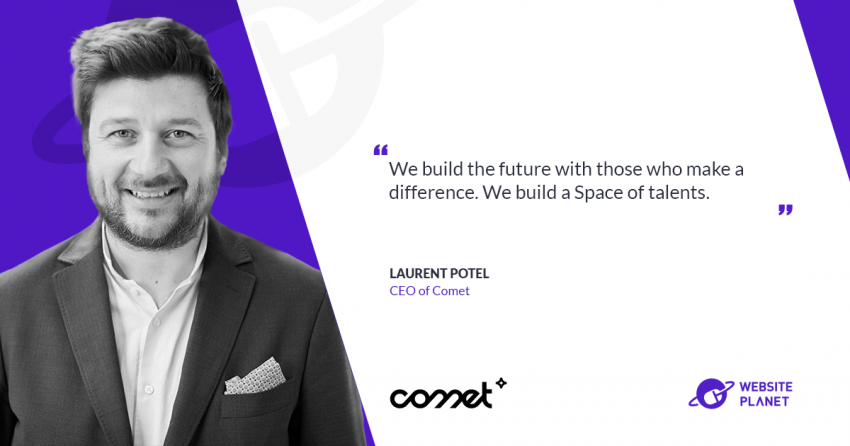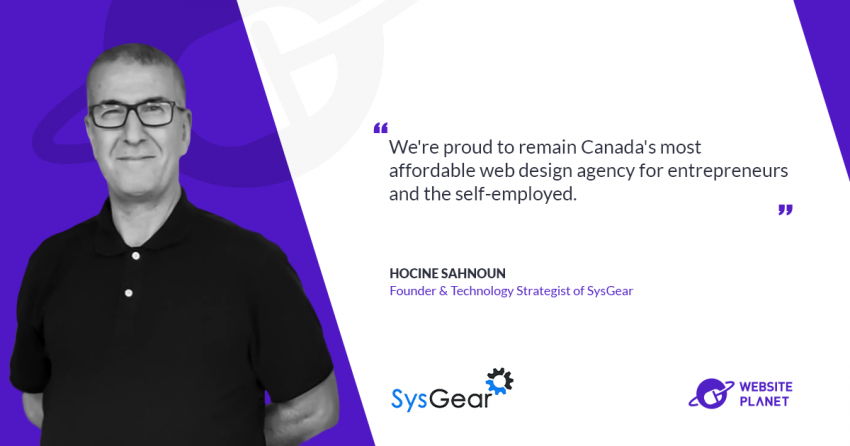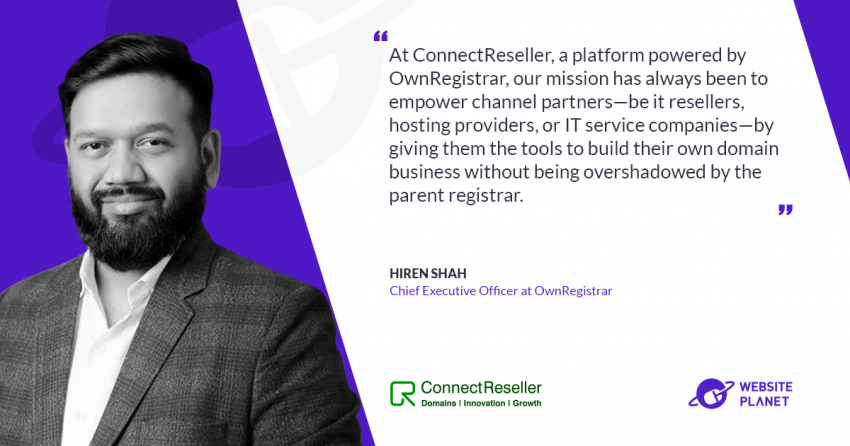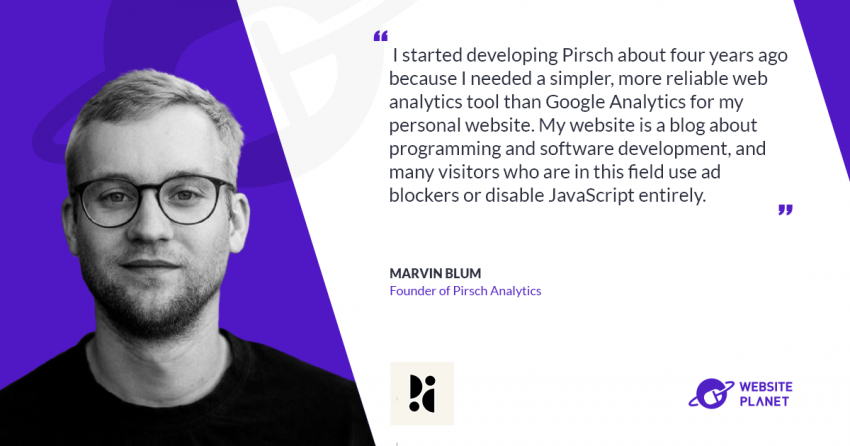E-commerce was important before the pandemic, but when physical stores had to close or operate with limitations, being present online with a website, app or even social media profiles became a priority, something that could make-or-break in that new scenario.
To know more about this new moment for e-commerce, what are common errors in online stores and sources of traffic to improve sales, we talked with Isaiah Bollinger, CEO of Trellis. Check out the interview below.
What is Trellis and what does it offer to customers?
Trellis is an e-commerce digital agency. The bulk of our work is designing and developing websites. We can help with strategy, design, creative branding, marketing as well as development and integration of e-commerce.
E-commerce grew exponentially in the last decade and did not stop during the pandemic. Did that growth also affect your company?
The fact we are in a fast-growing industry has always helped us. When we started out, e-commerce was maybe a few billion dollars in retail sales but now it’s over a trillion and estimates are that it will surpass it next year in the US. It’s a pretty big chunk of the retail sales. We also focus on B2B and it’s becoming a bigger e-commerce channel.
At the beginning of the pandemic, we had a huge slowdown. No one knew what to do and people were scared to spend money. We’re a services company and a lot of our clients were not 100% e-commerce and also had challenges in their businesses. After this slowdown, activity slowly picked up month after month and we’ve definitely seen significant growth as people started to adapt to the pandemic and realize the increase of digital processes in their routines.
You have clients in several industries. Do you believe some industries are less suited for e-commerce sales?
I definitely believe the more complex the sale is, the harder it is to do e-commerce. But I think if you sell physical products, you should absolutely consider e-commerce. Tesla is a good example: you go over the website and buy a product and they do not spend a lot in distribution and multi-faceted sales channels.
They’re selling very expensive products through a website, even though you’ll pay the down payment and eventually will have to pay through financing or some sort of additional way – they can still do a lot with the process of e-commerce to generate demand.
I also think the smaller the service, the more likely you should be doing e-commerce. If your services are not too expensive and fairly high volume, e-commerce can make sense. Once again, complexity would generate difficulties.
Talking about challenging processes, do you have a recent challenging successful case to share with us?
A very challenging client for us is in the furniture industry. They do custom furniture and have thousands of options per product and the e-commerce experience needs to be integrated to their back-office system, which is NetSuite, which houses all the variations of these components and elements that can be customized.
The integration is super complex because they are always updating all different types of things that can be customized per product and the pricing of that obviously is very complicated.
What are the most common errors you see in e-commerce today?
I think there are 3 different areas companies are failing at. The first one is not being agile-minded, which makes them move more slowly.
They really want to have a set cost and think of it as a set project, as if they were buying a product when they are in fact buying an ongoing service and experience that they should be updating. They should be really buying into a team of people like Trellis to help their existing companies and team do a better job and improve e-commerce business.
The second way companies fail is by not having the right people. They don’t truly appreciate how big of a problem that is. They might have someone who is not very experienced being in charge of too much or they just aren’t going about building the culture in the team that has the experience and capabilities to manage these products and grow e-commerce.
The third problem is companies not being analytical about e-commerce. e-commerce is simple: how can we get more traffic, more people to the website. There’s only 6 or 7 major ways to do that. How can you convert that to traffic? What’s the percentage of those people converting and buying?
Then, what is the average order value they’ve bought and then figuring out how much it cost to get buyers to the product and make it more efficient. If you think systematically about improving these areas on a continuous agile basis, you can be a lot more successful. These steps can obviously be broken down into more complex pieces and companies will need to think strategically about where they can get the most value.
Regarding the 6 or 7 sources of traffic, do you believe there’s a scale of importance in them or does that depend on the company and their work?
To be honest, I think the most important source of traffic is direct traffic. Companies that can build a brand where people go directly to their website are going to be more successful, but that is a hard thing to do and a combination of building a brand and social media, SEO, email marketing.
By doing everything, the end result should be people knowing your brand and going directly to your website – literally typing your URL into their browser, like you’d do with Amazon. You’d not go to Google and then to Amazon.com, right? To me, direct traffic is the biggest indication of how successful a brand is.
What are Trellis’ plans for the next 3 to 5 years?
I think we have a lot of growth to do in our current focus areas, which are Shopify, big commerce, Magento, Adobe Commerce. We are doing a lot of headless, which is a big growth area of ours going really fast and offering a lot of opportunities. It’s a newer way of building e-commerce.
Then, becoming more full service. This is challenging because you’ll help companies with almost every possible aspect of e-commerce. There are certain things we can’t obviously do, like a fulfillment center, but we might give them recommendations on how to get better at that.
